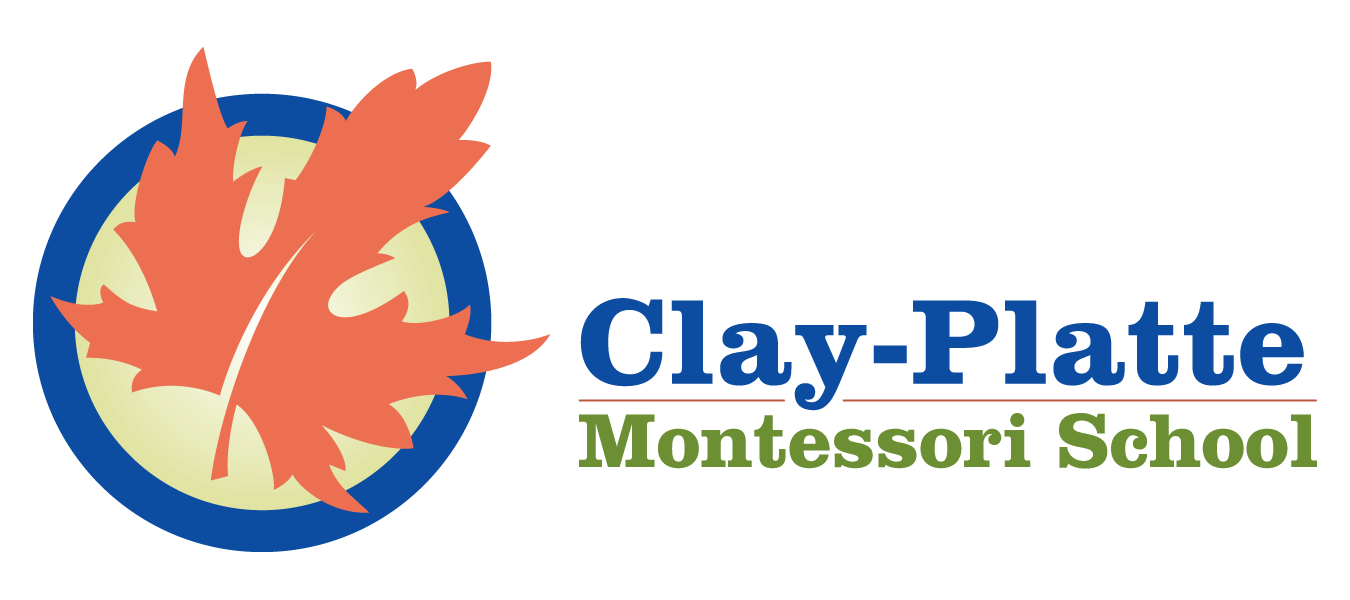Toddler Community
Ages: 18 months–3 years - A peak into one of our Toddler Communities will forever change the way you view these tiny humans. Peaceful, concentrated effort is expended upon everyday tasks (we call these Practical Life exercises), self-care, and food preparation. These children value silence, stability, and order. The lead guide’s training is called Assistants to Infancy, indicating the notion Montessori embraced: The guide assists the child in becoming who they are meant to be.
Primary Community
Ages: 3–6 years - Each young child will have a short period in time when adults will notice their “awakening.” Suddenly, they remember things that happened in the past, they begin relaying their preferences and noticing those of others. This child craves order in their environment and longs to copy the work of adults. So, we give them work (other places call it play) that is meaningful to them. They get to wash dishes, scrub floors, rake leaves and more.
The children continue to have their super power (which has been present since conception), the Absorbent Mind. They absorb knowledge by simply being. The guides capitalize on the child’s ability, by refining their senses, through work in the Sensorial area of the environment.
The child, enabled with their super power, is able to touch, hold, and move materials that teach, through their very use. It is by way of this superpower and the specific materials that most of our children are able to begin writing and reading and complete operations at very young ages.
Elementary
Ages: 6–9 years (Lower Elementary) and 9-12 years (Upper Elementary) – By six years old, children have absorbed their environments and their culture. It’s time to take on new frontiers. We give them the UNIVERSE!!!
They have lost their former superpower, replaced with the power of Imagination. It is through their imagination that we can introduce them to the universe and the earth and all its parts, from mountains to microbes.
Children study sciences and social sciences through hands-on explorations, repeated throughout the years. As they repeat, they are able to draw conclusions about the outcomes they witness. In Geometry, for instance, we give them the problem of Egyptian Harpedonaptai (or, Rope Stretchers), who had to remeasure land near the Nile River, each year when it flooded and wiped out farmer’s fences. The children are literally placed in Pythagoras’s conundrum and use the materials to figure out the solution. In this way, the children discover and articulate theorems, just the way scientists and mathematicians do.
Capitalizing on their newfound interest in collecting and categorizing, the guides introduce as much grammar into the earliest years of elementary as possible. The children are then free to use that basis to bolster their creative writing.
Adolescent
Ages: 12–15 years (Middle School) and 15-18 years (Upper School) – The adolescent is experiencing brain growth faster than has happened at any point in their life, since they were 18 months old. Their brains and bodies are tired and prone to illness.
Because so much of their energy is dedicated to self-creation, physically, socially, and emotionally, their interests change from academic to physical, social, and emotional. They are exploring how they fit in the world. So, the Montessori environment offers them the opportunity to work with a community of their peers, on a farm. They run a business, selling the produce from their farm.
Montessori believed the adolescent needs work in the open, fresh air to maintain their health; they need one another to maintain their motivation; and they need the guides to frame the boundaries of their work.
Recognizing that the academic baseline for children has risen since Montessori’s time, Montessori programs worldwide have added in special classes like Language Arts, Math, and Foreign Languages. In helping our adolescents be able to adapt to the world they live in, their math will extend into calculus; they take language lessons; and participate in reading and writing lessons throughout their program. The sciences are taught in project modules and cover biology, chemistry, and physics.
While traditional high schools offer a wide array of curriculum options, the Montessori Upper School curriculum literally opens the whole world to the adolescent. Students choose topics of concern to them. They then research the topic, through traditional methods, creating a framework for their Odyssey.
The Odyssey Project will include the preliminary research, internships in the chosen field, experiments, interviews, and more. The Odyssey Project culminates with a presentation or published product.
Students begin taking the ACT or SAT at 15 years old.




